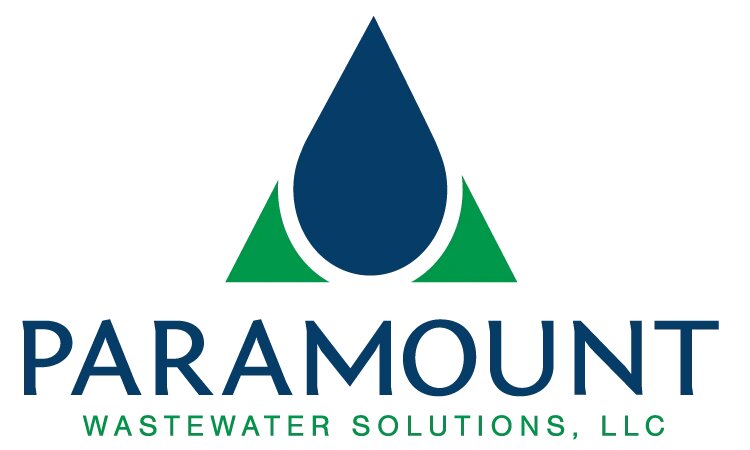Aerobic. Conventional. Low Pressure Dose. Evapotranspiration… Why so many?
These are just to name a few! And really, you can’t compare the different types – its like comparing apples v. oranges. Different purposes, different needs. In fact, there are so many different types of septic systems that it will make your head spin. And if it is making your head spin, you can almost guarantee others won’t know the ins and outs of the system they have, what type of system they need, or even what their options are.
No Two Systems are Alike
Seems obvious, right? Wrong. Most people assume that a septic system is just a BIG TANK IN THE GROUND WITH A PIPE STICKING OUT OF IT. Easy, right? Wrong. Each system is unique to the property and a lot goes into the design and development of the right system for your property, and it is important to realize that no systems will be identical.
Overview of (Just a Few!) System Types
- Aerobic: Uses oxygen to increase natural bacteria activity in order to treat the wastewater. Many newer systems use this technology. NOTE: All Aerobic systems have an alarm.
- Conventional (Trench or Bed): Consists of a tank and drainfield; this is the type of system you will typically see in older homes that have been on septic for many years, but sometimes these designs are applicable for newer builds.
- Low Pressure Dose (LPD): Designed to treat your wastewater like a conventional system, but uses a pump to distribute treated water several times a day. This system is often confused with the aerobic systems because it too has a control panel and alarm.
- Evapotranspiration (ET): Designed with the anticipation that all wastewater reaching the designed beds will evaporate. Most ET designs include two drain beds with a valve that alternates wastewater to one bed for a period of time before it alternates to the other bed.



